Categories
Archives
AI Volatility Edge E-Subscription
OIS Universal Filter E-Subscription
Brian Johnson’s Books
Trader Edge Affiliates
Recent Posts
Recent Comments
- Brian Johnson on Trading Option Volatility Featured in Stocks & Commodities Magazine
- John C on Recession Model Forecast: 10-1-2022
- Recession Model Forecast: 10-1-2022 | Trader Edge on New AI Volatility Edge Platform
- Steve Ginn on Trading Option Volatility Featured in Stocks & Commodities Magazine
- John C on Recession Model Forecast: 03-01-2022
Author’s LinkedIn Profile
Affiliates
Resources
Blogroll
- Abnormal Returns
- Algo Dude
- Chart Swing Trader
- CSS Analytics
- Don't Fear The Bear
- DShort.Com
- Dynamic Hedge
- FactorWave
- Intelligent Trading
- MarketSci Blog
- My Simple Quant
- Nightly Patterns
- NovelInvestor.com
- NYC Trader
- Only VIX
- Option Pit
- Quantifiable Edges
- Quantivity
- Quantocracy
- QUSMA
- Six Figure Investing
- System Trader Success
- The Capital Spectator
- The Relativity Report
- Traders Blog
- Trading the Odds
- Tyler's Trading
- Vix and More
- Volatility Futures & Options
- World Beta
- Zen Trader
Meta
Disclosure
Trading Insights, LLC receives compensation for purchased made through affiliates above.Limitation of Liability
Under no circumstances, including but not limited to negligence, shall Brian Johnson and/or Trading Insights, LLC be liable to you for direct , indirect, incidental, consequential, special, punitive or exemplary damages. Please read the Disclaimer & Terms page in its entirety.
Category Archives: SWAMI Charts
Modified Chartmill Value Indicator (MCVI)
I read about this indicator in an article titled “The Chartmill Value Indicator,” which appeared in the January 2013 issue of Technical Analysis of Stocks and Commodities. The article was written by Dirk Vandycke. In the article, Vandycke introduced an … Continue reading
Posted in AmiBroker Code, In-Depth Article, Market Timing, Strategy Development, SWAMI Charts, Technical Analysis
Tagged Chartmill Value Indicator, CVI, enhanced SWAMI indicator, equity curve, equity drawdown, MCVI, MCVI strategy, MCVI SWAMI Indicator, Modified Chartmill Value Indicator, profit factor, reversal strategy, Sharpe Ratio, trade, trader
21 Comments
Use Sector Confirmation to Improve Your Trading Results
Analyzing the technical and/or fundamental characteristics of an individual security is obviously a requirement before investing. However, very few traders go the extra mile and evaluate the characteristics of the market sector as well. Using sector confirmation can help you … Continue reading
Posted in COT Analysis, Futures, In-Depth Article, Market Commentary, Market Timing, SWAMI Charts, Trade Analysis
Tagged commitment of traders, COT, COT analysis, futures, Swami, Swami chart
4 Comments




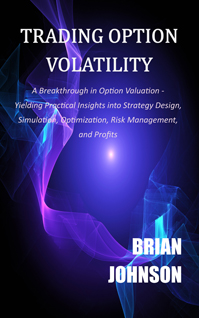
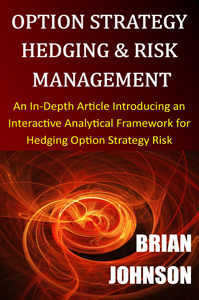
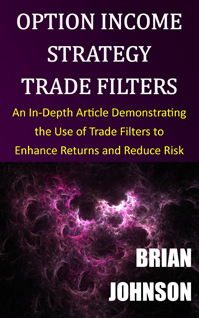
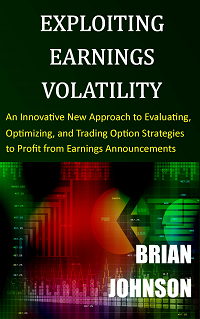
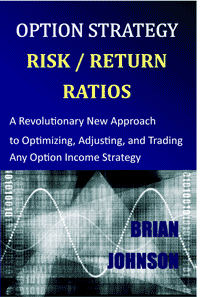




Take the First Step Toward an Investment Process
Most investors do not use an investment process. Instead, they ask their friends for stock tips, watch CNBC, read a few newsletters (or blogs), and hope for the best. There is no consistent rationale behind their decision-making process, very little … Continue reading →